


(Printable version at bottom.)
1) The Beetle Group Includes:
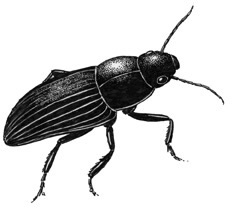


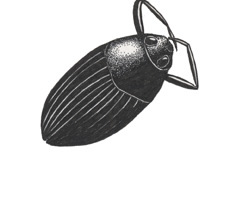
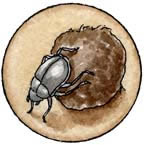
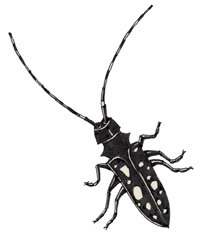
The beetle group is the largest group (order).
Wings: They have two pairs of wings. The outside pair are hard and protective. The inside wings are soft for flying.
Mouth Parts: Most insects in the beetle group have mouthparts for chewing.
To Humans: Ladybugs can be helpful by eating pest bugs, but some beetles eat food crops so are pests.
_____________________________________________________________
2) Praying Mantis & Cockroach Group Includes:
• Praying Mantises
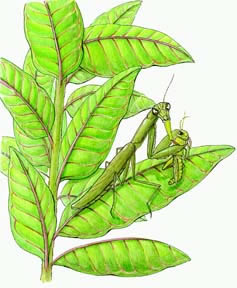
• Orchid Mantises
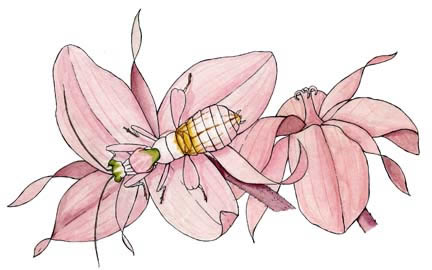
• Cockroaches
They have long, thin feelers (antennae).
Wings: Most have two pair of wings. The outside pair are hard and protective. The inside wings are soft for flying. Some have no wings.
Mouth Parts: They have mouthparts for biting.
Growing Up: When thay are born, they look like adults, just smaller (simple metamorphosis).
To Humans: Mantises are helpful by eating pest bugs, but cockroaches are pests.
_____________________________________________________________________
3) True Fly Group Includes:
• Mosquito


Wings: They have one pair of wings.
Mouth Parts: They have mouthparts for piercing and sucking.
Growing Up: As they grow up, they go through a complete change (complex metamorphosis).
To Humans: They are pests by eating crops and spreading many diseases.
_______________________________________________________________________
4) Butterfly & Moth Group Includes:

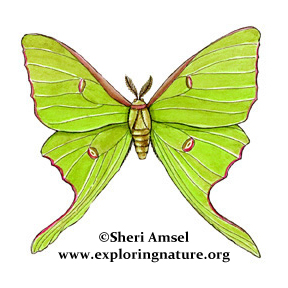
Butterflies are more active days while moths are nocturnal. Moths have more feathered antennae and hairier bodies than butterflies. Both have are caterpillars when young.
Wings: As adults they have two pairs of large wings covered with protective scales.
Mouth Parts: Adults have sucking mouthparts. Caterpillars have chewing mouthparts.
Growing Up: As they grow up, they go through a complete change (complex metamorphosis).
To Humans: Caterpillars can be serious pests. Adults can be helpful pollinators.
_____________________________________________________________
5) Mayfly Group

Adult mayflies only live for a couple of days to mate and lay eggs. They hatch from underwater larva and fly above the water, mate, lay eggs and die. They have long thread-like legs and two long tail strands.
Wings: They have two pairs of triangle-shaped wings - the hind wings are much smaller.
Mouth Parts: Adults do not eat, so have no mouthparts.
Growing Up: They are harmless to humans and fishing flies made to look like them have helped many fishermen catch fish!
6) Bee, Wasp & Ant Groups Include:
• Ants
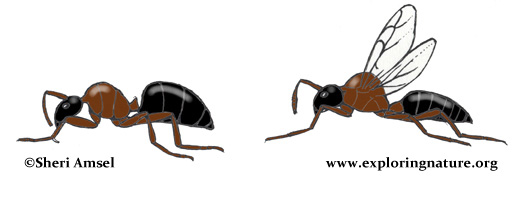
• Wasps, Yellowjackets, Hornets
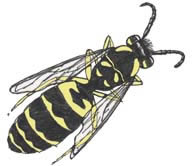
• Honey Bees & Bumblebees

Wings: Some are have two pair wings and some are wingless.
Mouth Parts: Some have chewing mouthparts (ants) and some have sucking mouthparts (honeybees).
Growing Up: As they grow up, they go through a complete change (complex metamorphosis).
To Humans: Some have painful stings (wasps), but many are very important pollinators (bumblebees).
_____________________________________________________________
7) Dragonfly Groups Inclide:
• Dragonflies

• Damselflies
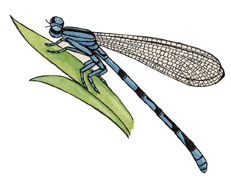
Their young are called naiads and live in the water. Adults are found around wet areas, where they will mate and lay eggs. They are predators with big eyes and strong flight for catching prey. Dragonflies hold their wings flat out from their bodies, while damselflies hold their wings together and pulled into the bodies.
Wings: They have two pairs of long wings.
Mouth Parts: Adults have chewing mouthparts. Young have piercing mouthparts for catching underwater prey.
Growing Up: When thay are born, they look like adults, just smaller (simple metamorphosis).
To Humans: They feed on insects (like mosquitoes), so are considered helpful.
_______________________________________________________________________
8) Grasshoppers Groups Include:
• Katydids
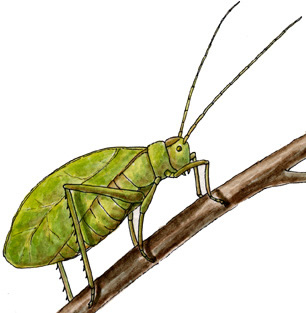
• Crickets

• Grasshoppers
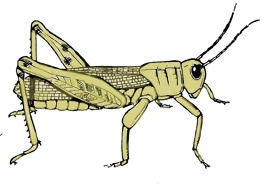
Their back legs are usually large and built for jumping.
Wings: They have two pairs of long wings, though some have no wings.
Mouth Parts: They have chewing mouthparts.
Growing Up: When thay are born, they look like adults, just smaller (simple metamorphosis).
To Humans: They can be very destructive to crops.
9) Walkingstick Group

They have very long, stick-like bodies with long legs and feelers (antennae). They are well camouflaged and move slowly on their food plants so are rarely seen by predators.
Wings: Most adults in North America have no wings.
Mouth Parts: They have chewing mouthparts.
Growing Up: When thay are born, they look like adults, just smaller (simple metamorphosis).
To Humans: They can be very destructive to some tree species.